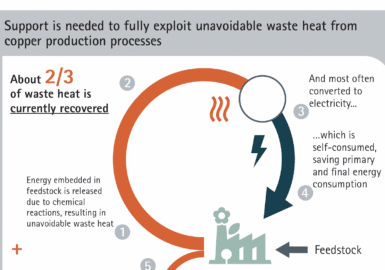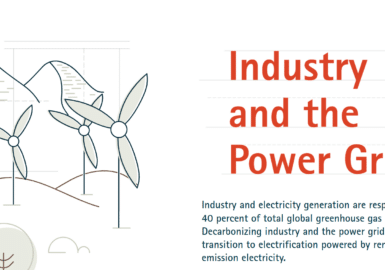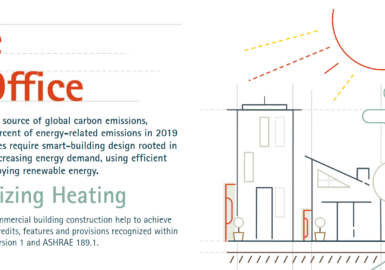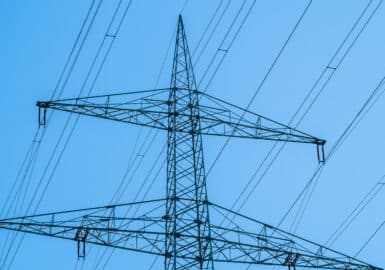Eficiencia energética
Recursos de filtrado

Energy Management Systems for SMEs
This Application Note supports SMEs in the implementation of such an “Energy Management System – light”. It guides you through the basic steps of implementing energy management in your company and refers to a wide selection of further reading on the subject.
Application Note: Energy Management in SMEs

The Energy Efficiency Directive must do more to support the utilisation of unavoidable excess heat from industry

Infrastructure Reimagined: Industry and the Grid Fact Sheet
Industry and electricity generation are responsible for almost 40 percent of total global greenhouse gas…

Infrastructure Reimagined: Home and Office Fact Sheet
Buildings are a major source of global carbon emissions, accounting for 28 percent of energy-related…

Las instalaciones eléctricas eficientes en los edificios pueden ahorrar el 1% de la electricidad generada en la UE
Dimensionamiento económico de las instalaciones eléctricas en los edificios El 2% de la electricidad generada en la UE...

La ACI apoya los objetivos de desarrollo sostenible y neutralidad de carbono de China
Los gobiernos y las industrias de todo el mundo están trabajando urgentemente para hacer frente a la gravedad del cambio climático. Como mayor emisor de carbono del mundo, China se ha comprometido a alcanzar el pico de emisiones de carbono para 2030 y lograr la neutralidad de carbono para 2060, de acuerdo con los objetivos del Acuerdo de París.


